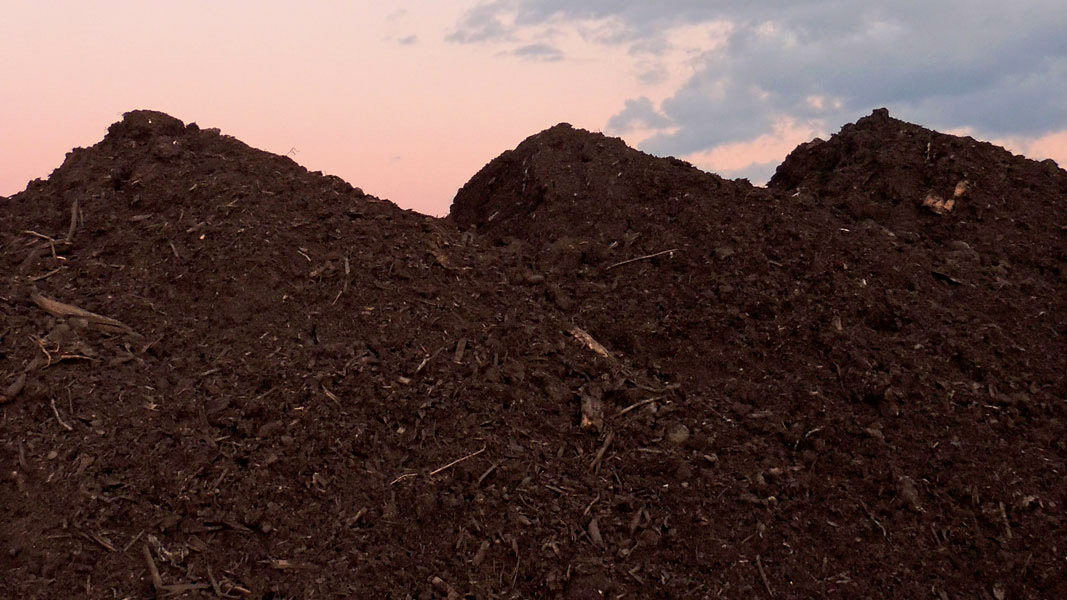Top: Photo by Doug Pinkerton
The Environmental Research & Education Foundation collaborated with the US Composting Council to conduct a survey of the compost manufacturing industry in the U.S. Trends were aggregated from information provided by over 300 respondents to a survey distributed to composting facilities between 2021 and 2022. Respondents ranged from small, educational community composting sites to large commercial-scale operations, and provided information about their facilities, throughput, and operations. Overall, the number of facilities increased by 55% between 2016 and 2021, which was outpaced by an 83% increase in tonnage processed by respondents. Growth from 2016 to 2019 showed a 39% increase in the number of active facilities and a 57% increase in the tonnages processed. Regional differences in facility characteristics were also observed. The Pacific and the Southeast regions managed about 40% and 30% of all organics reported processed in 2021, respectively. In comparison, the Northeast had the greatest number of facilities reporting, but processed just under 10% of organics in 2021. Facilities also reported on the types of feedstocks accepted. About a third only accept a single feedstock. Yard trimmings were the most commonly accepted feedstock with just under 80% of facilities processing this material; food waste was second with 51% of facilities accepting that feedstock.













